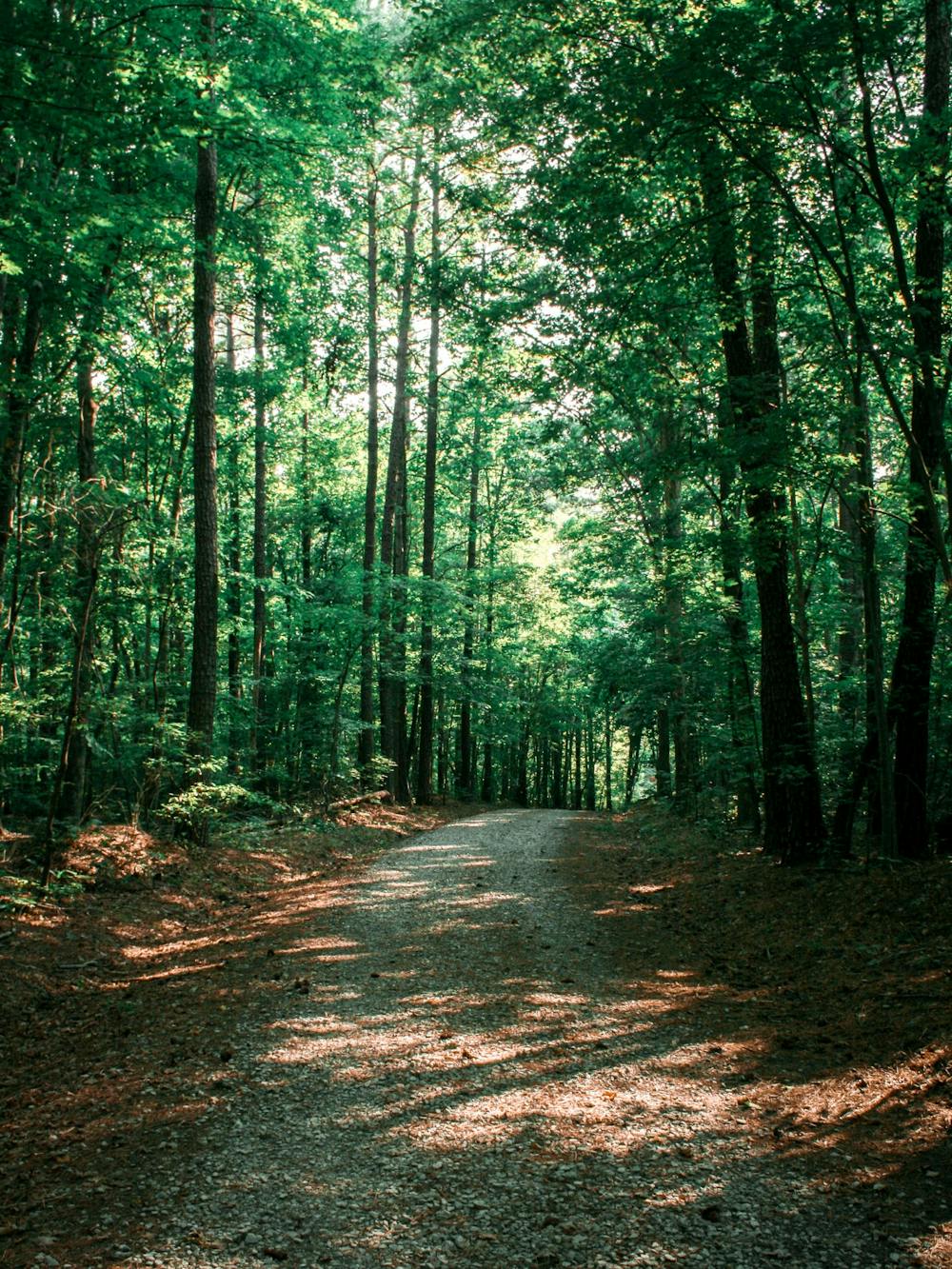$2.5 million for 27 acres? This may seem exorbitant, but for Duke, this addition to the Duke Forest was well worth the cost.
Duke purchased this parcel of land—located on the corner of Old N.C. 86 and Eubanks Road in Orange County—Nov. 4 for almost five times the assigned property tax value of $574,000. The land has been added to Duke Forest’s Blackwood Division, an important hub for biological research, including nationally funded climate change studies.
In the 1980s, a section of the 27 acres named Meadow Flats was identified as naturally significant by the North Carolina Natural Heritage Program, according to Stephen Hall, a landscape ecologist who worked for the program. The land has a “highly intact ecosystem,” Hall said, as well as a large amount of biodiversity.
The site, located in Carrboro’s rural buffer, was previously owned by the development company Parker Louis LLC. Omar Zinn, the company co-owner, told The Chronicle that their original plan for the land included office buildings, retail, restaurants, a general store, apartments and small single-family houses.
Omar said that he, his brother Adam and four other large landowners in the northern edge of Carrboro were approached by Carrboro town officials about a development project nine years ago. The Zinns were the only ones who decided to take on the proposal, and in 2011 they began to map down their design for the project.
In retrospect, though, not all involved agree on the details. Trish McGuire, planning director for the Town of Carrboro, wrote in an email to The Chronicle that the Town “was not pushing for a development project” but actually was interested in a “design workshop that would engage the community in how their property would be developed.”
According to Omar, the commencement of the planning process consisted of a series of public discussions organized by the Town.
Longtime Orange County resident John Gant has been involved in discussions surrounding the development since 2011.
He noted that as these discussions continued, details began to emerge about the nature of the land that made it a potentially poor candidate for development. In addition to the fact that such a dense development wouldn’t “fit the character of a rural buffer,” Gant said, it would be “irrational” to place such a project “in the middle of Duke Forest, a county park, a school zone and a watershed.”
A June 2019 letter from a cohort of environmental scientists to Orange County Manager Bonnie Hammersley stated that Meadow Flats, a natural area directly adjacent to and partially overlapping with the purchased plot, “is the best example of upland depression swamp forest in Orange County, and one of the best examples of this natural community in the state.” The letter also noted that though the Orange County’s inventory of important natural area—commissioned in 2004—named 53 “biologically significant locations,” Meadow Flats is “the only upland site with national significance.”
Three faculty from Duke’s Nicholas School signed the letter.
Johnny Randall, the director of conservation programs at the North Carolina Botanical Garden, pointed out that part of the importance of this kind of conservation relates to ecological connectivity, or having “corridors through which organisms can move.” Organisms that need access to connected natural areas include “highly mobile animals like deer and bobcats” as well as “invertebrates that don’t fly, but crawl,” he added.
“This is particularly important now, in a time of climate change, if we’re going to see any resiliency in biodiversity,” Randall said.
Most of Meadow Flats was already included in Duke Forest’s Blackwood Division. Hall explained that Duke has a registry agreement with the North Carolina Natural Heritage Program, which means that they have agreed to keep Meadow Flats and other identified areas in a natural state.
“It doesn’t mean totally hands-off,” he said, as some research is permissible, but it does mean “not doing anything that is going to disturb or disrupt the natural ecosystem processes.”
A July 2019 memo from Duke Forest Director Sarah Childs noted the importance of the “climate change and air quality research” that has gone on in the Blackwood Division for decades, with “millions of dollars of investment by federal agencies and granting institutions.” The memo expressed concern that a “dramatic increase in the human population against the boundaries of the Duke Forest” would interfere with the climate change research and “minimize the value of the area for research in general.”
Many of the ecological and environmental arguments against the Zinn brothers’ development did not come to light until the spring of 2019. During the preceding eight years, it had been up to a “well-organized group of citizens” to stall the development process, according to Omar.
Omar emphasized that though he does not “blame these people for standing up for what they believe in,” he thinks that Carrboro has “a choice to make as a town.” He noted that Carrboro is concerned about the sustainability of the town’s tax base, which he said is around 80 percent residential.
He believes that not building more homes within Carrboro’s boundaries will simply mean “more people commuting from Mebane” and other nearby towns. “The town keeps growing outward,” he said, and “smart growth is creating density along primary transportation corridors.”
“How do we balance our population needs with environmental threats?” Zinn asked.
Get The Chronicle straight to your inbox
Sign up for our weekly newsletter. Cancel at any time.
When Duke Forest first approached the Zinns about purchasing the land, Omar said that he and his brother “made a decision based on the pace of this project and its direction.” Zinn said that ultimately, he too is an environmentalist, and though he is “disappointed” with the length of the process and ultimate failure, he recognizes that protecting the land is “a good move in terms of climate analysis and climate study.”
Randall used a common metaphor to describe the biodiversity crisis that is so vitally connected to conservation.
There’s all these rivets that hold an airplane together. How many rivets can you pull out before the plane falls apart?” he said. “How many species can you lose before the ecosystem falls apart?”

Anna Zolotor is a Trinity senior and recruitment chair for The Chronicle's 118th volume. She was previously news editor for Volume 117.

